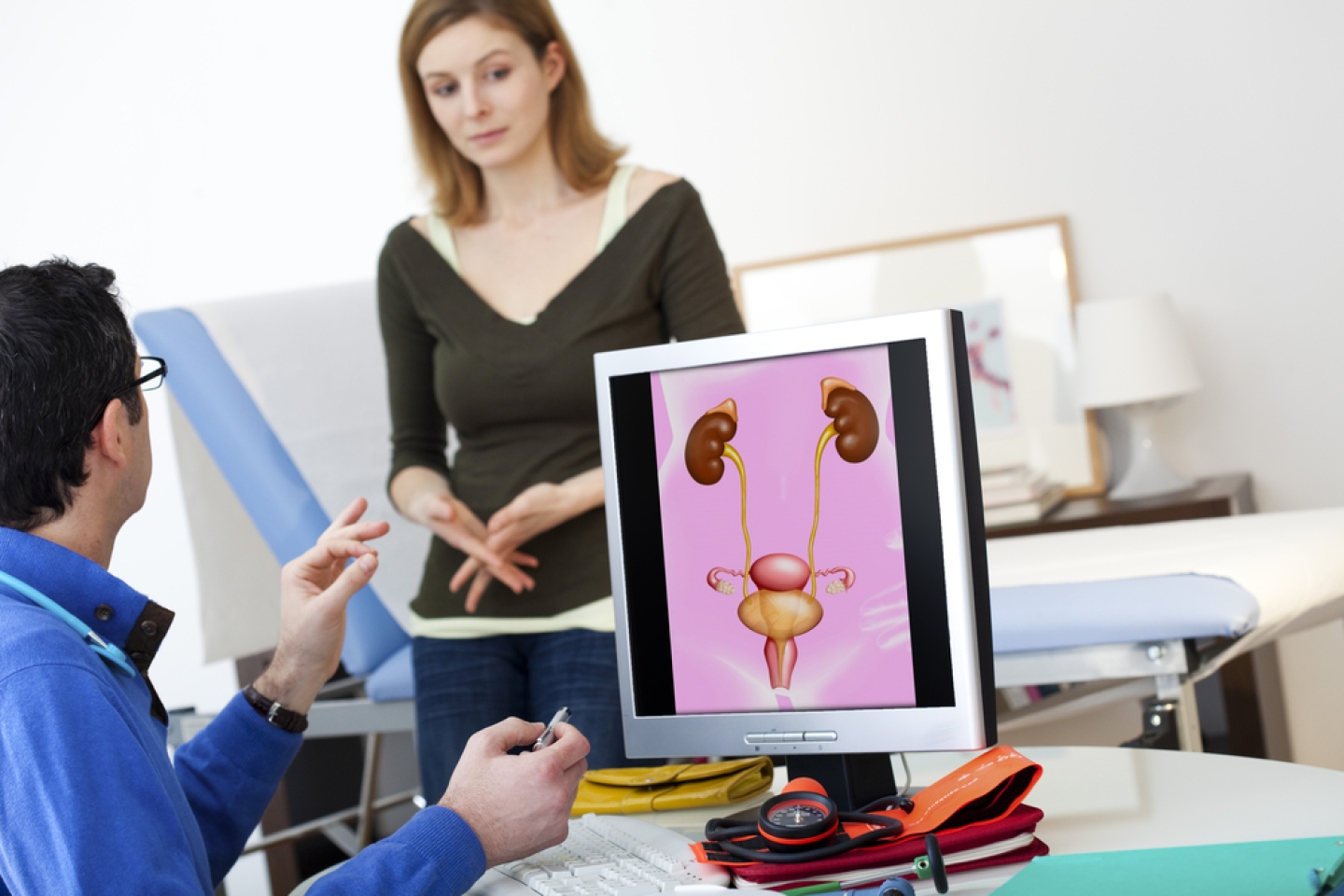
What follows is the first in a three-part series on urinary incontinence. Part 2 will focus on the condition in men, and part 3 will look at bedwetting—a type of bladder problem that affects children.
If you’re one among millions of women who leak urine by accident, you have a condition called urinary incontinence. It isn’t usually dangerous, but it can be inconvenient, distressing and embarrassing.
The good news, though, is that urinary incontinence can be remedied or at least controlled. In what follows, Dr. Unwanaobong Nseyo, a specialist in urogyneology and an Assistant Professor of Urology at Weill Cornell Medicine, explains the various types of incontinence and their causes, along with treatment options and lifestyle recommendations for women at every age and stage.
First, let’s review some basic anatomy. The urinary system is composed of the kidneys, ureters, bladder and urethra. Urinary incontinence is usually traceable to the bladder—a hollow organ located in the lower abdomen. When the muscles in and around the bladder don’t work the way they should, your urine may leak.
Stress incontinence involves leakage when you laugh, cough, sneeze or exercise.
Urge incontinence occurs when your bladder goes into spasm and you don’t have enough time to get to the bathroom.
Overflow incontinence entails leakage when the bladder doesn’t empty completely. When that happens, the bladder can reach its “breaking point,” where it gets too full and starts to leak.
Most types of urinary incontinence can be resolved with one of two non-invasive approaches: Kegel exercises or physical therapy (PT). These have everything to do with strengthening the pelvic floor muscles, which may become weakened as a result of pregnancy, vaginal deliveries or changes during or after menopause, Dr. Nseyo says.
“Kegel exercises and PT are the least invasive ways for a woman to strengthen her pelvic floor muscles, which support the bladder and the other organs in the pelvis.”
The National Institute of Diabetes and Digestive and Kidney Diseases (NIDDK) offers a step-by-step guide to Kegel exercises, starting with two suggestions for finding your pelvic floor muscles.
OR…
Now that you’ve found your pelvic floor muscles, practice the following 3-step technique:
“Aim to do your Kegels three times a day, 15 contractions at a time,” says Dr. Nseyo. “Try to do the exercises in three positions: lying down, sitting, and standing. Using all three positions is the most effective way to perform them.”
Like any exercise routine, it can take a little time to build up muscle strength and conditioning. You may not feel your bladder control issues improve until 3 to 6 weeks after you start your Kegel exercise regimen.
Once you get the hang of Kegel exercises, the exercises can be used differently based on which type of incontinence you have. For urge urinary incontinence or urinary leakage that happens with rushing to the restroom, quick contractions 3-5 times when you feel the urge can help calm down the bladder.
And if you have any problems with your Kegels, a physical therapist can help.
“I often suggest an approach called urgency suppression for urge incontinence,” she says. “You might try distracting yourself to help keep your mind off needing to urinate, taking long, relaxing breaths, holding still and squeezing the pelvic floor muscles until you can make it to a bathroom.
“You can also try scheduling time to urinate,” she continues. “Consider setting up a plan to urinate every hour to start; then, gradually extend the time between toilet breaks over the course of a few weeks—a way to ‘train’ your bladder and prevent leakage.”
If these non-invasive approaches don’t work for you, see a urologist or urogynecologist, who may recommend one or more of the following:
It all depends on how much your bladder control problems bother you, Dr. Nseyo says. “You may experience leakage once a week, and that may feel too often for comfort. Or you may be leaking nonstop, requiring a more aggressive approach to treatment. You may need medication to help with urge incontinence or a simple procedure to resolve your stress incontinence. The point is that there are options for managing your incontinence, no matter how much or how little there is.”
A woman may indeed feel too embarrassed to speak about her symptoms with close friends and family and even with her doctor. But the Center for Female Pelvic Health at Weill Cornell Medicine was created precisely with these patients in mind. It’s a safe space where a woman can be heard, diagnosed and treated for any problem related to her urinary tract or or pelvic floor, such as prolapse or leakage of stool, commonly known as pelvic floor disorders.
“We do our best to normalize the problem,” says Dr. Nseyo. “The fact is that urinary incontinence is ‘normal,’ in that it can happen to anyone.”
If you’re a woman experiencing urinary incontinence, make an appointment with a member of Weill Cornell Medicine’s urogynecological team.
Stay tuned for part 2 in this 3-part series, which will focus on urinary incontinence in men.